Stories of Practice are intended to inspire educators as they design learning experiences that support the development of the Manitoba Global Competencies. These stories represent examples of teachers who have intentionally and explicitly infused the competencies into learning experiences in their context. They also illustrate the Guiding Principles of Designing Learning Experiences and Assessment Practices in action.
The Stories of Practice are organized to highlight different competencies and guiding principles in a variety of curricular areas. Each story may illustrate multiple competencies and/or guiding principles beyond those under which they are designated and may be easily adapted to focus on different competencies or guiding principles.
Teachers are encouraged to consider how they might take a story and adapt or change it (in grade, concept, or pedagogical approach) for their own students and context.
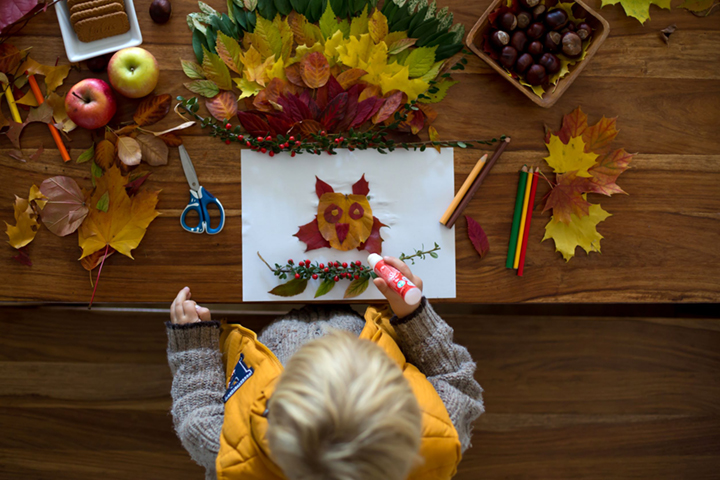
Collect items from nature to explore, learn from, and create with.

Investigate the four seasons through a whole-class inquiry.

Explore the roles, responsibilities, and contributions of the members of our community.

What are the creatures in our backyard, and how can we care for them?

Explore and honour the Truth and Reconciliation Commission’s 94 Calls to Action using learner-friendly language.

Learn about simple machines by designing arcades.

Explore middle grade and young adult texts written by diverse voices.

Share stories through oral traditions.

What are the benefits and challenges of creating recipes from local ingredients?

What are terms of the Treaties, how are they being upheld, and what are their short- and long-term impacts?

Explore the real world of work through research and experts.

Seek out diverse perspectives to create a depth of understanding in complex issues.

Design an experiment to prove a law.
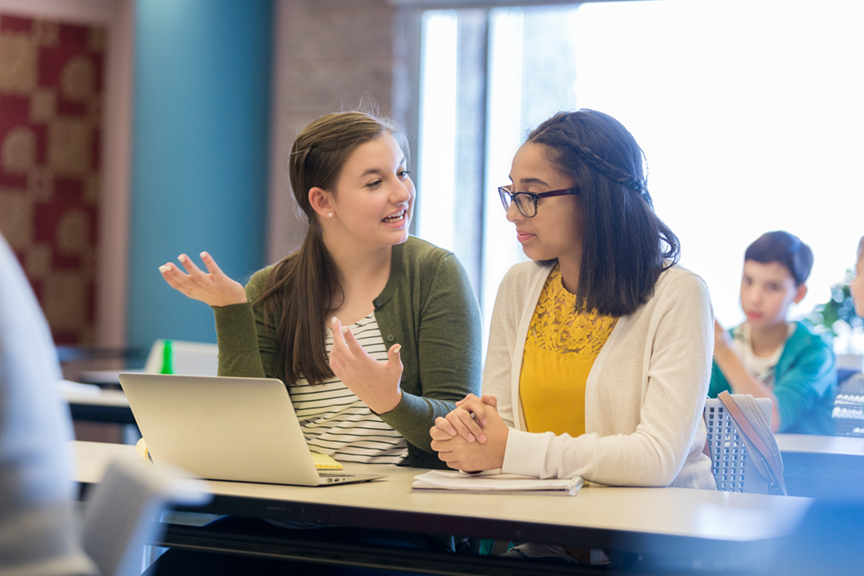
What happens when we change the question from “What’s for homework?” to “What are my goals?”

In what ways can your home use energy more efficiently?

Which elements on the periodic table have a personality just like mine?
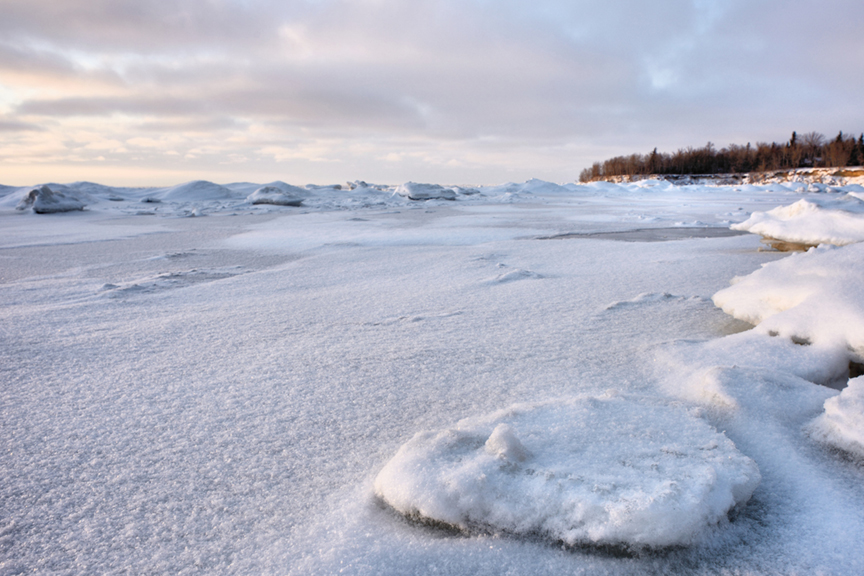
Explore Indigenous ways of knowing, being, and doing through literature, design process, collaboration, and digital literacy.

How can we help others when times are hard?

Share and learn about celebrations and traditions with classmates.

How can one person or event create change in the world?

How do circle graphs communicate information?

Explore water and sanitation as a basic human right; use robots to design, build, test, and drive an apparatus to safely transport clean drinking water to a community in need.

Share untold stories to understand who we are.

How can Two-Eyed Seeing/Etuaptmumk help us to better understand and be stewards of local land and waters and to advocate for their protection?

How can we empower and engage learners to own the game, create community, and meaningfully include all learners in sports?

How are we connected to land and water?

How can we bridge traditional Indigenous technologies with current innovations in woodworking?

Explore our community in the past, present, and future using Minecraft.
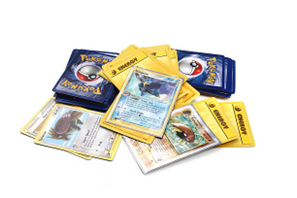
Use the design process to create personalized trading cards.
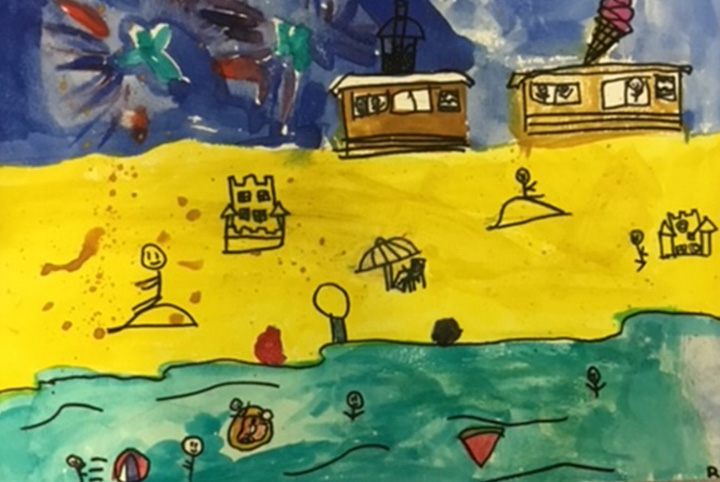
Connect with the land using our senses.

Learn everyday vocabulary by shopping for a meal.

Does what you wear matter to the environment?

Using powerful spoken word and tableaux, learners educate others and put out a call to action in support of the 17 sustainable development goals.

Showcase psychology by mentoring Grade 8 learners.

Write children’s stories in French to practise oral and written French.

How can “homework” be made achievable and class time meaningful for all learners?

Use modelling and vertical learning to guide physics instruction.

What story about yourself do you want to tell, and what is the best way to tell it?

How does your personal story connect to a body of research?

What are the gifts of the birch?

Introduce algebraic concepts using puzzles on vertical surfaces.
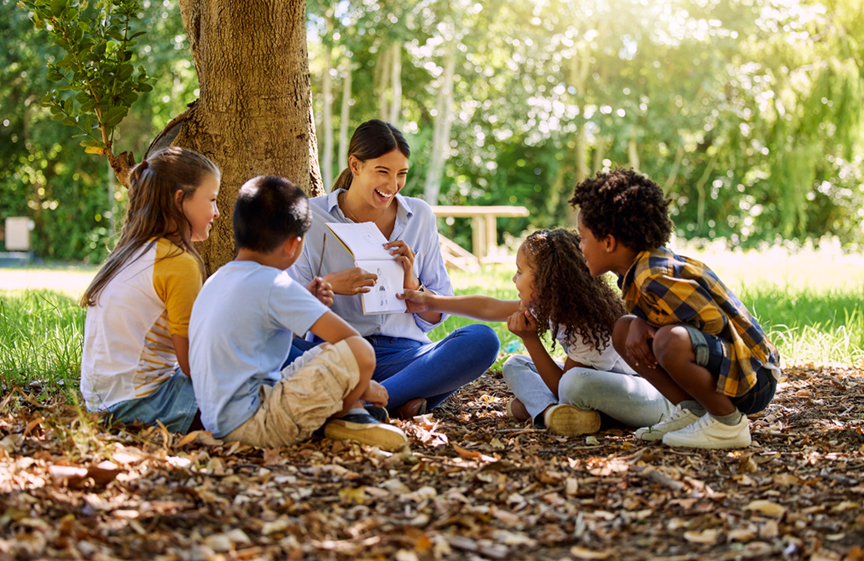
Use children’s stories to engage EAL learners.

How can the periodic table help us predict the properties and behaviour of elements?

Investigate elephants through guided inquiry.

What can be done to save the bee population, and how will we know if our solution is effective?

How should Canada be governed?
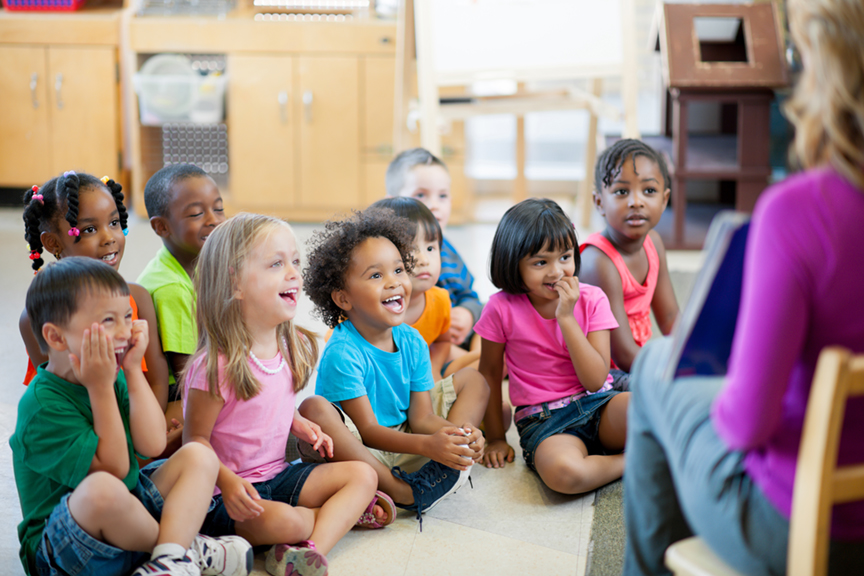
Use empathy and invention to help the main character(s) of a story.
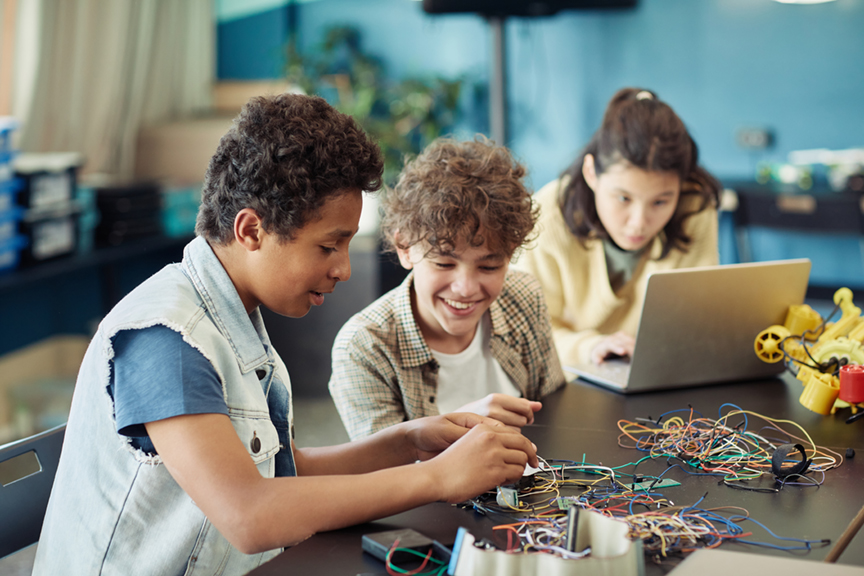
Use empathy and invention to help the main character(s) of a novel.

Use soundscapes and music to enhance a story.

Explore the connections between culture and food.

How do we acknowledge that different experiences shape how each person sees the world?

Learn about and write “coming-to” stories.
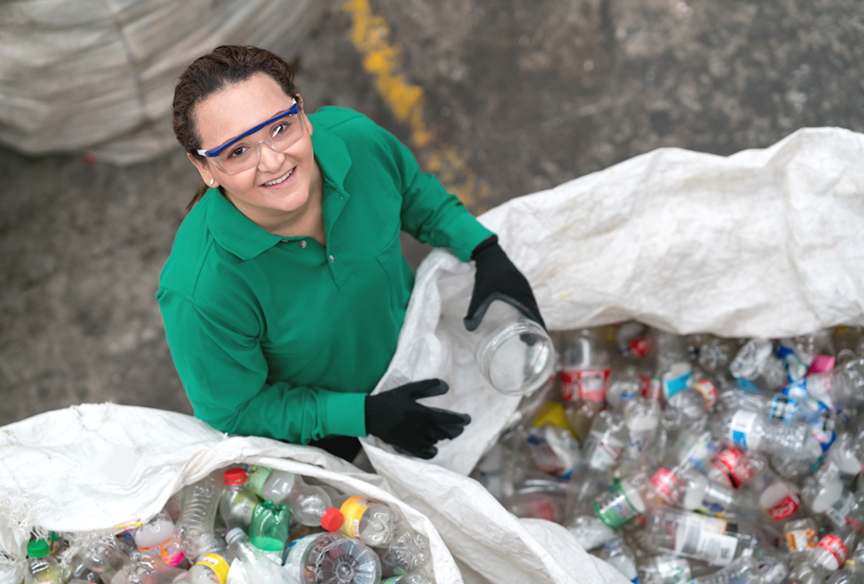
Conduct a waste audit to change behaviour.

Explore the gifts of one’s own and others’ cultures.

How can we create a space that respects and honours Indigenous people and helps build a bridge towards reconciliation?

Develop an understanding of the interconnectedness of our global community and the decisions we make by analyzing water pollution.

Design, plan, and host an event to create authentic communication and collaboration opportunities.

Get to know the classroom community.
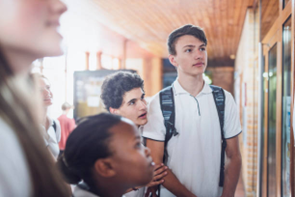
Create a culture of questioning for learner agency and problem solving.

How can learners create their own rubric that the teacher can use for assessment?

How has Canada contributed to global scientific space exploration?

Learn about parenting and caregiving by crafting stories for young children.

How do we tell a story without words?

What will learners discover or create given unstructured time in nature?

Grades 3 and 4 podcasters share their learning about Jordan’s Principle.

What are our stories, and how can we share them?

In what ways is “fast fashion” contributing to environmental decline and the abuse of human rights?

How are artists using their voices to draw attention to MMIWG2S+?

Can learners name and describe a tree special to them? What makes it special?

Can you work together to transport your team from Point A to Point B?

How can you determine the intensity of the activity that you are participating in?

How does changing force and release angle impact your accuracy?

How can three learners work with one pencil to draw an accurate map of the school grounds?

What makes a community? What communities are we connected to?

Which of the four images does not belong in the set, and why?

Use art to explore feelings of power and powerlessness, and the structures that shape our lives.

What is something or someone you love? Show your unique ideas using loose parts!

What is the best design for a paper airplane?

How can we figure out which tree a large branch fell from?

Simple machines meet 3-D nets.
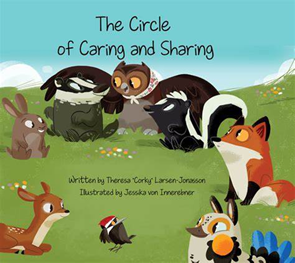
How can your sharing stick represent who you are and where you came from?

What actions can we take to support reaching the United Nations Sustainable Development Goals in our community?

Bunsen burners are used to make glass stirring rods.

How can we be present and pay attention? How can we become more mindful of beauty in everyday moments?
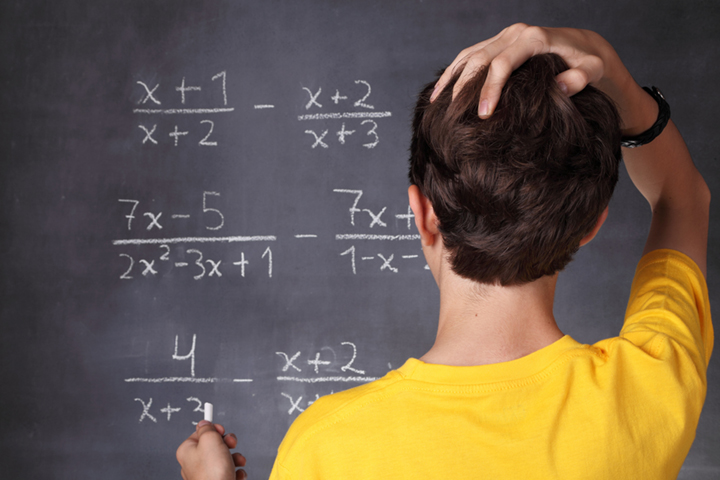
How can a growth mindset be fostered when participating in math assessments?

How can you use photography and graphic design to change negative points of view?

Learners learn to communicate mathematically through problem solving.

Identify 12 mystery solutions with various chemistry techniques.

What was the most important thing you’ve learned this school year?

What kind of animal can you invent when you combine two or more animals?

What makes good pixel art? Can you create a code so your classmate can recreate your piece?

How can we develop chemistry understanding among learners by having them conduct their own chemistry demos?
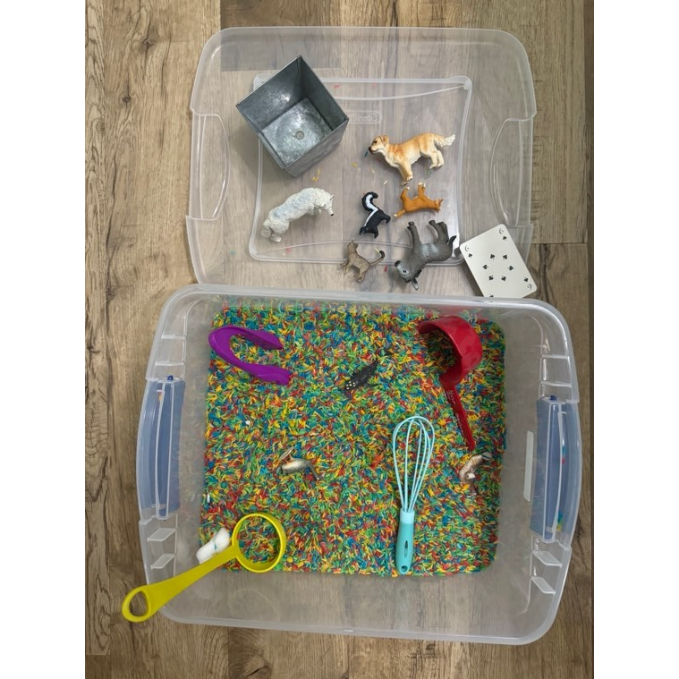
Dive into a sensory bin and see what objects you pull out!

What do colours make us feel? What stories do our rainbows tell?
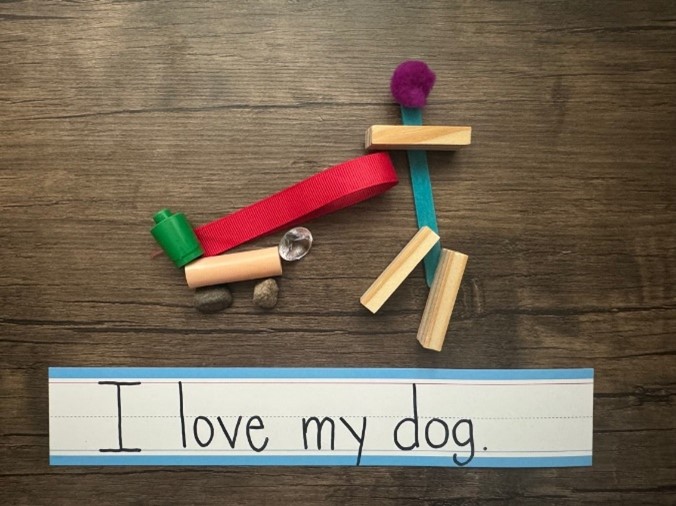
What can a cardboard box be?

What can we do about the litter in our schoolyard?

How can we use our knowledge about square numbers to solve problems?

How can you help maximize the volume and minimize the surface area of a cereal box to help a company lessen its costs and make more money?